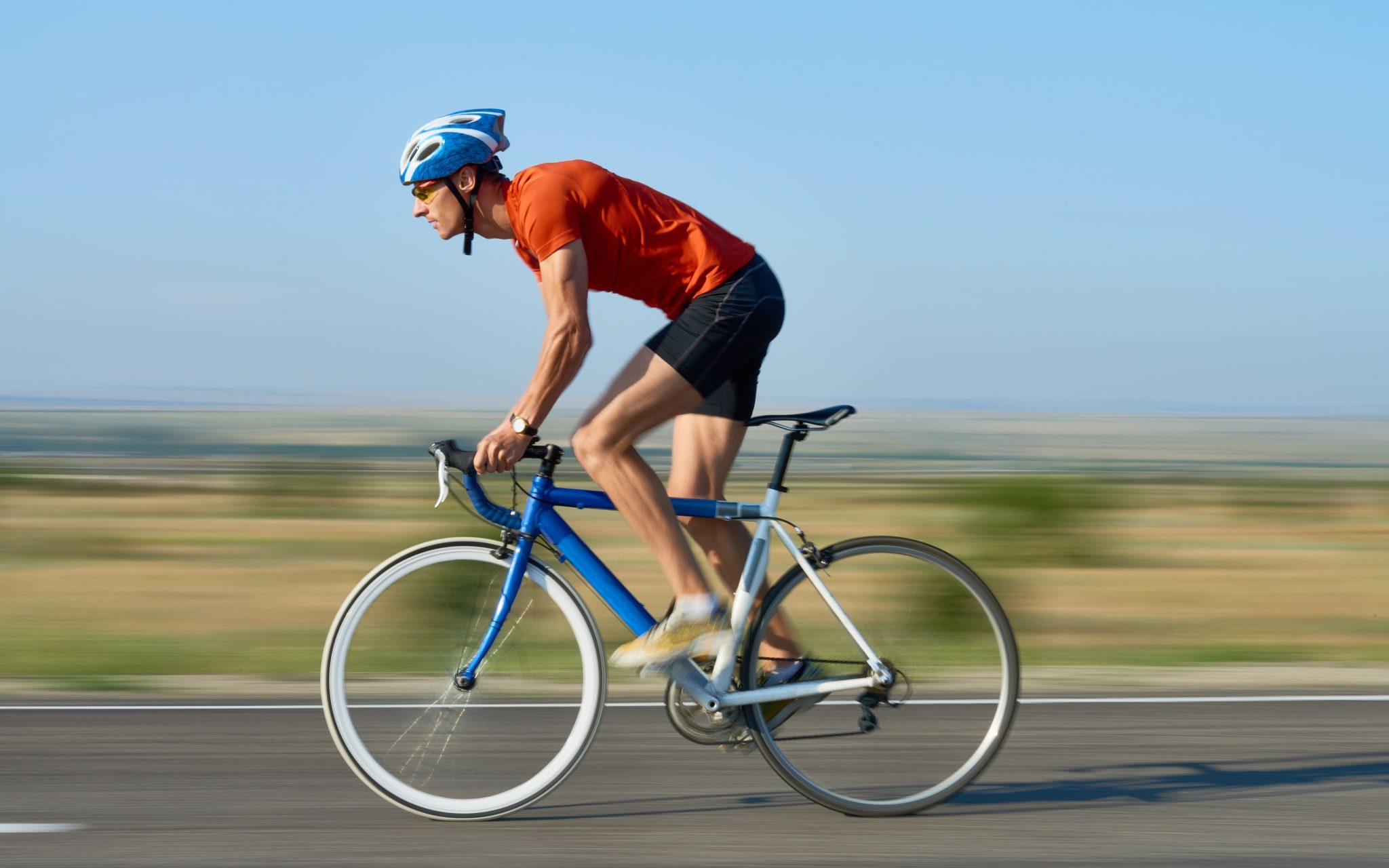Looking for a bicycle upgrade?
Spending a bucket on a top or expensive bike does not necessarily bring out the best of your performance. If the frame geometry is well matched to your natural cycling posture, you will be led to more opportunity for it to flex and potentially a more comfortable ride.
A well-fitted bicycle helps maintain a comfortable cycling posture that allows consistent performance along the journey. Time-saving can be achieved without the need for frequent resting stops to stretch out sore and painful muscles. The key influence on our body’s cycling posture is our cycling capability.
Pedaling Effort
Cycling movements are dynamic. Our body naturally adjusts its weight distribution between contact points to main body balance as we pedal. A portion of body weight will be taken up by the legs when we crank, and the remainder of it will be distributed through the upper body onto the saddle and handlebar.
When pedaling with heavy gear efforts, a larger portion of body weight is distributed to the pedals, which in return relaxes the upper torso by bearing less weight burden. This pedaling method with heavier gears is the most efficient as body weight is used for propelling the bike, and leads to a lower lean angle that is commonly associated with road biking.
Effort Sustainability
Clocking long distances, cycling too fast, or pedaling too heavily are the culprits to discomforts that emerge when the miles build up.
Imagine yourself as a bucket of water with a faucet tap attached to the side. The bucket size is your endurance level and the amount of water flowing out of the faucet will be your pedaling effort.
On normal days when you train, your fitness level will improve. The further you ride, the better your endurance level will get, basically expanding the bucket size. If you practice strength-based training by pedaling heavier gears, you will increase capability for higher pedaling effort, just like changing to a bigger faucet to allow more water flow when you need it.
Keeping a consistent pedaling effort across the distance you intend to ride is simply controlling how much water is released through the faucet. Cycling too fast or pedaling too heavily early on a long ride is basically letting more water out from the faucet and draining the bucket at a faster rate, emptying it early before you reach the end of the ride.
What happens when the bucket dries up? There will be no water flowing out of the faucet. Similarly, your legs will be out of energy and become too tired to pedal. This also leads to the possibility of having leg cramps when continuing to cycle forcefully.
How will this affect body posture? Without the strength to uphold body weight at the legs, we will naturally resort to spinning lighter gears and transition to upright posture. The more tired your legs are, the more upright your posture will be.
When the upper torso gets so upright that the saddle and handlebar are beyond your natural reach, holding onto them simply overstretches the limbs and causes discomfort, numbness, and pain at the lower back, shoulders, and arms.
Hence, the performance is not measured by how strong the legs are, but should include one’s capability in maintaining a consistent pedaling effort that allows minimum change in body posture across the riding journey.




